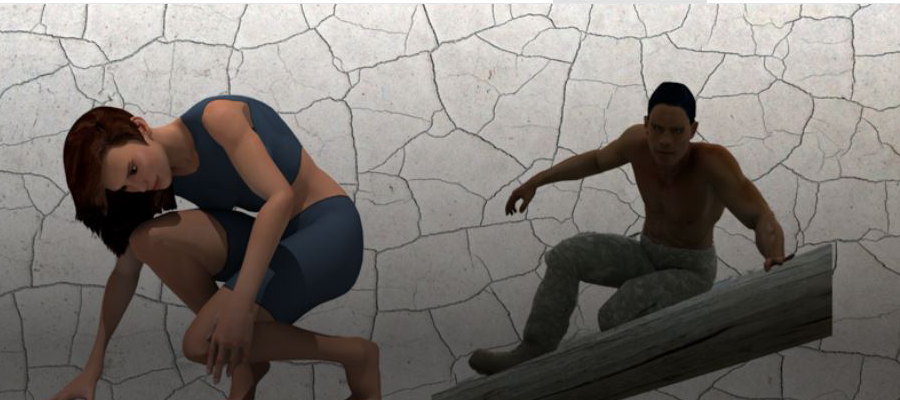Abstract
This paper presents PhD research conducted at Loughborough University into flesh deformation of the buttocks in a seated posture. Due to a lack of detailed understanding of how the soft tissues of humans behave when in contact with a seat surface, this research aims to explore the deformation behavior of these tissues across the sitting task. In particular the research aims to understand the relationships between the three main degrees of freedom: compression (C), anterior-posterior spread (AP), and lateral-medial spread (LM). The final goal is to be able to develop models of deformation behavior linked to anthropometric measures such that users of anthropometry and digital human modeling tools will be able to understand the likely impact across a range of users in seated tasks. The paper presents the analysis of LM and AP deformation behavior from a study of 62 participants. Data were collected using motion-capture markers attached to tight-fitting clothing across one buttock of each participant via the Codamotion system. A rigid platform was used to act as a seat, and the platform could be inclined from horizontal to a maximum of 10 degrees inclined to the rear. Participants were suspended via a hoist such that they could adopt a seated posture just short of the seat surface. Data were then captured through the sitting process from first contact to fully deformed. The resulting coordinate changes throughout this process were captured and analyzed. In addition to buttock deformation data, a range of anthropometric data were captured from each participant to explore correlations between anthropometric measures and deformation behavior to inform any later modeling activity. Findings identify clear deformation behavior types for AP and LM spread and that participants can display predominant deformation behavior in one axis. Typically, AP spread is greater than LM spread, and the maximum deformations occur in the lower regions of the buttocks closer to the seat surface. A full range of results will be presented in the paper and begin to help designers in understanding and accommodating the change in body shape as people adopt a seated posture.
Keywords: digital human modeling, anthropometry, buttock deformation, seat design
How to Cite:
Marshall, R. & Harry, M. & Fray, M., (2022) “Understanding buttock deformation in a seated posture”, Proceedings of the 7th International Digital Human Modeling Symposium 7(1): 31, 10 pages. doi: https://doi.org/10.17077/dhm.31777
Rights: Copyright © 2022 the author(s)
Downloads:
Download PDF
View
PDF

